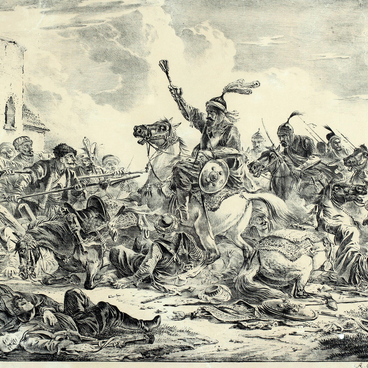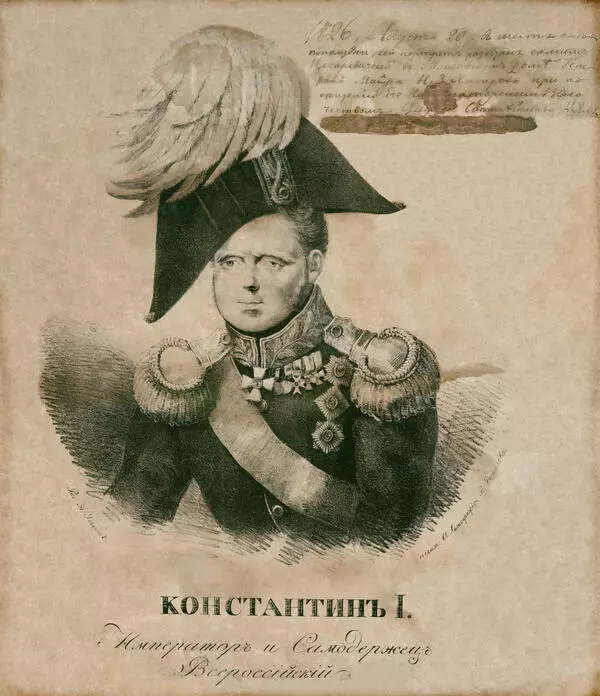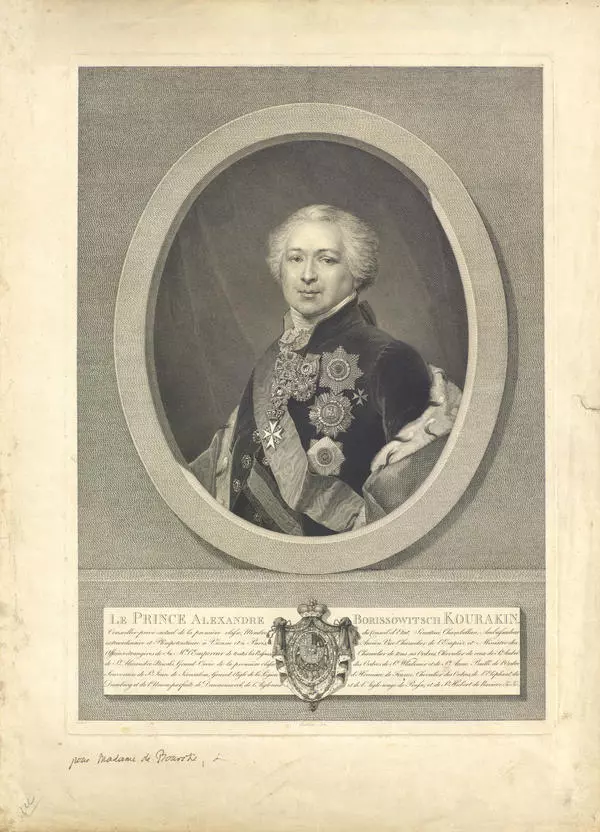The exhibition of the Irbit State Museum of Fine Arts features an etching by Nikolay Utkin “Catherine II on a Walk in Tsarskoe Selo Park” based on a painting by Vladimir Borovikovsky.
Nikolay Ivanovich Utkin was an outstanding portraitist. As a printmaker, he did not merely copy portraits by other artists but created his own original compositions. It was his portraits that allowed both contemporaries and representatives of later generations to imagine the appearance of famous figures such as Alexander Vasilyevich Suvorov, Alexander Sergeyevich Pushkin, Mikhail Vasilyevich Lomonosov, and many others. One of his most famous works was “Portrait of Empress Catherine II on a Walk in Tsarskoe Selo Park”. This print was made based on the second version of a painting by Vladimir Lukich Borovikovsky. It was the owner of the original Nikolai Petrovich Rumyantsev who commissioned the print. The etching was completed in 1827, a year after the customer’s death. It was issued with a dedication to Nicholas I and was purchased by Dowager Empress Maria Feodorovna.
In this etching, Catherine II is depicted on a walk in Tsarskoe Selo Park. She leans on a cane because of rheumatism. Her face and head have been rendered with extreme softness. The dress was engraved using clean and deep one-line incisions. Although the technique seems simple, nothing else could convey the texture of silk better. It is emphasized that instead of official clothes, the Empress wears a dress with a lace jabot and a satin bowknot, and a lace bonnet. At her feet, a dog is playing. The empress is portrayed as a simple landowner, as she liked to appear in the last years of her life — contemplative, devoid of any pretense, formalities, and showiness. The figure stands out against the dark landscape, beautifully etched by Ivan Vasilyevich Chesky.
The print is characterized by a certain idealization. According to historians of graphic arts, the etched portrait of Catherine II by Nikolay Utkin is considered “one of the most significant prints of the 19th century.” For this work, the artist was made a member of the Antwerp and Dresden Academies of Art and later received the Gold Medal from the Saxon king. The print achieved a resounding success for Nikolay Utkin and is considered a prime example of Russian classic engraving of the first third of the 19th century.




